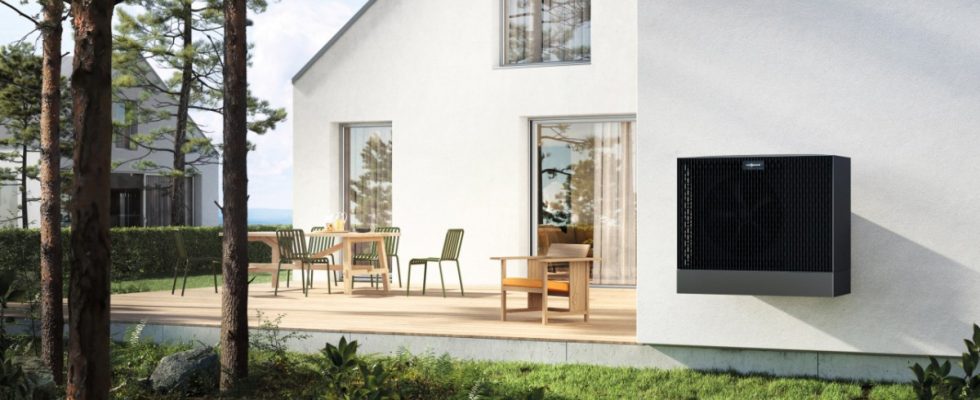There was a time, six months ago, when there were significantly more opinions about heat pumps than heat pumps themselves. There was constant debate about whether the technology would be worthwhile for your own four walls. And if so, which pump is suitable? Now it has Stiftung Warentest This question was addressed for the first time and six pumps were tested. The general conclusion is positive; all systems tested can keep a house warm in winter.
To evaluate the pump, it is important to know how it works. In simple terms, it sucks in outside air and uses its heat to heat a refrigerant. The refrigerant evaporates and a compressor compresses it. It then releases the heat into the heating system and liquefies again, then the cycle can begin again. The system runs on electricity. From an energy perspective, efficiency is particularly important, says Marek Miara from the Fraunhofer Institute for Solar Energy Systems (ISE). So how much electricity do you need to heat a house?
The test winner’s heat pump uses less than 5,000 kilowatt hours of electricity annually
For the winner, Viessmann, the answer is: less than 5,000 kilowatt hours per year. At an electricity price of 30 cents per kilowatt hour, that’s 1,500 euros in heating costs annually. At least that applies to the moderately insulated example house with 140 square meters of space. The models from Wolf and Stiebel Eltron perform similarly well. Vaillant and Daikin occupy the lower midfield, followed by Mitsubishi Electric. This manufacturer’s pump requires around 30 percent more electricity than the flagship from Viessmann.
On the other hand, the models from Viessmann, Wolf and Stiebel Eltron also share the podium for the most expensive models. The Stiebel Eltron system costs almost twenty thousand euros. Mitsubishi Electric, however, offers the model for half the price. A more effective pump can still be financially worthwhile, depending on the running time and electricity price. In any case, according to expert Miara, there are also other important features for operation, “for example the sound or the installation itself”.
The sound level of the tested models varies between 48 and 59 decibels. Vaillant’s loudest pump is about as audible as a conversation in close proximity. Careful attention should be paid to where the pump is placed – directly under the bedroom window may not be the best place. It should be installed by a professional. Apart from the fact that do-it-yourselfers often lack the necessary tools, a heat pump like this sometimes weighs over 200 kilograms. And if mistakes are made during installation, it will cost the pump its efficiency.
The pumps run with different refrigerants. The chemical that Daikin and Mitsubishi Electric use is called R32 and has 675 times the greenhouse effect of CO₂. However, expert Miara can give the all-clear. As long as the heat pump is not damaged, there are no problems: “It rarely happens that coolant leaks because heat pumps are hermetically constructed. These are closed systems.” An alternative to R32 is propane, which has significantly less greenhouse effect. At the same time, the product is considered flammable and requires safety precautions. And the costs can then fall back on the pump.

